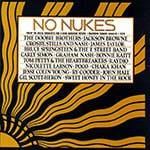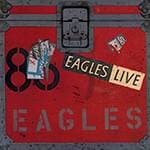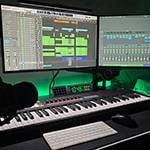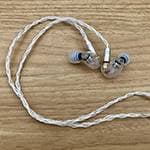The Omnipresent Rhodes Piano
During a conversation with a junior colleague, I mentioned that I had heard Yuko Aso's song “Touhikou” on a radio program, and that it was a great song. I could not recall Yuko Aso's face, and although I remembered the name of the song, “Touhikou,” I could not find the melody.
Searching the Internet brought back memories of “Oh, this was her,” and when I listened to the song, I immediately understood its meaning.
The song was released in 1974. It won Best New Artist Award at the 16th Record Awards at the end of the year. The lyrics were written by Kazuya Senke, the music was composed by Shunichi Tokura, and arranged by Shunichi Magaino.
They are all legends representing the Japanese ballad world. Even today the song still remains as a beautiful piece of J-Pop.
I was surprised when I heard the song.
The intro of the song was played by strings and Rhodes piano, and the beginning of the A melody was backed by Rhodes piano only. The very sound of Rhodes itself.
I was a high school student when this song was released, so I have no way of knowing how the arrangements of songs were done in those days. However, I was a little surprised to know that the Rhodes piano was also used for these songs. I thought that the electric piano, which was different from the piano as an accompaniment instrument, must have been an advanced piece of technology at that time. I was also convinced by its universal sound because its round and wistful sound fit perfectly with the music.
■ Album referenced: Gozen Reiji no Kane (The Midnight Bell) Yoko Aso
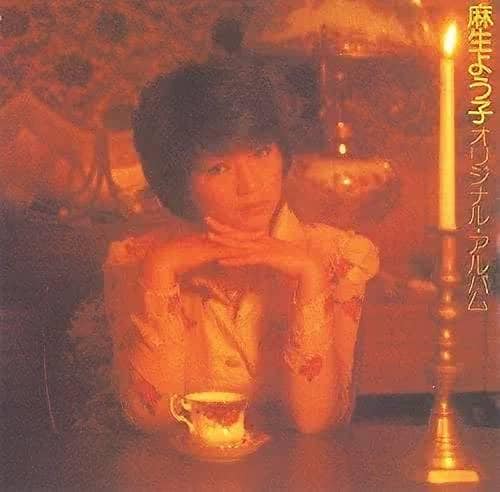
Song referenced: “Touhikou”(Escape) (1974)
The typical Fender Rhodes electric piano sound can be heard on almost all of the tracks. It may have taken a lot of courage for the arranger to use this Rhodes piano at a time when acoustic pianos were at their peak. However, the arranger was able to highlight the woman's feelings in the song and was probably trying to emphasize the song as a new style of music by heavily using the Rhodes piano.
When you listen to the top 20 songs of 1974, you will not find any song that fully features the Rhodes piano like this song “Touhikou”. It was only used for backing in Lily's hit song “Watashi ha Naitmasu”. At the time, Lily's Bye Bye Session Band was known for its rather advanced sound, but the Rhodes Piano was never fully featured.
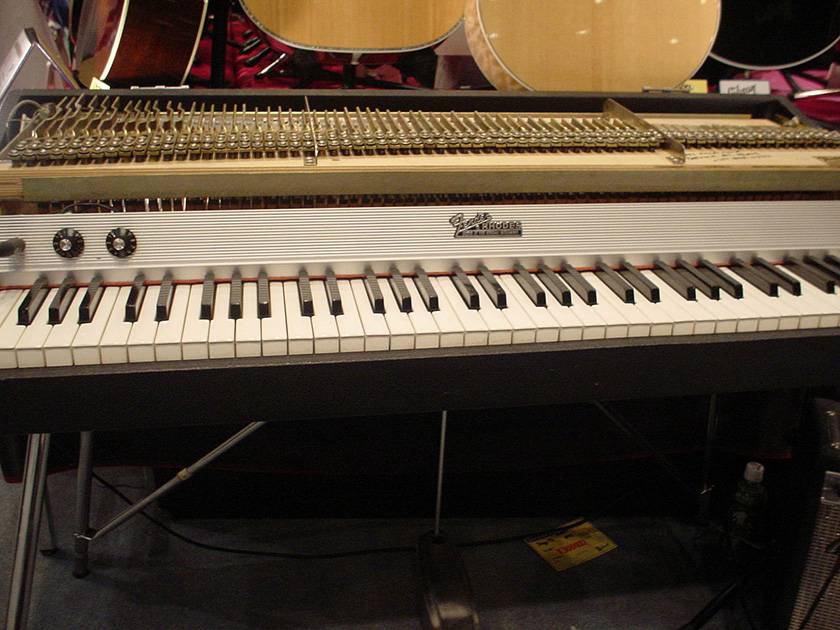
Fender Rhodes Piano (stage type), CC BY-SA 3.0 (adapted from Wikipedia)
Electric Pianos Rose Piano and Effects
The sound of a Rhodes piano is quite different from that of an acoustic piano, as evidenced by its construction. Acoustic pianos are characterized by hammers striking the strings and creating many overtones as the surrounding strings and the box or resonating plate inside the piano also vibrate.
A Rhodes piano has a clear sound like a vibraphone because the pickup microphone picks up the sound of the metal tone bar and tone generator.
Effects that make crystal-clear sound more spatial were trending among musicians.
Pianist Richard Tee used a phaser called “Small Stone” by Electro-Harmonix.
ELECTRO-HARMONIX / SMALL STONE
David Foster also added a chorus to the Rhodes piano.
Applying chorus and phaser to the Rhodes Piano made it richer tonally and had a great effect in enhancing the music.
As an electric piano, the Rhodes was an instrument with a high affinity for effects due in part to its structural characteristics.
My Rhodes piano had effects pedals running in and out on all sides of the panel. This is where I could put my effects pedals. I used MXR's “Phase 90” phaser on the Rhodes. The sound of the “Phase 90” was elegant and clean, which was not the case with the domestic phasers. The price has come down now, but in the late 70s it was an expensive erector that cost more than 40,000 yen.
MXR / CSP101SL Script Phase 90 LED
The “Phase 90” sound is on the twin guitars that play the intro theme in the Player's big hit, “Baby Come Back”. The sound was amazing, and with the effect turned on with the Rhodes sounding very pleasant.
Evolution of the Rhodes Piano - Rhodes Dyno My Piano
In the late 1970s, we saw the rise of the Dyno My Rhodes, which emphasized the initial attack when the strings were struck. This is an improved version of the Rhodes piano. Many Rhodes Piano users switched to the Dyno My Rhodes because of its superior sound. The Dino My Rhodes, with its rolling sound with a strong translucent quality, displaced the older Rhodes pianos, and the old Rhodes sound was no longer being played. In particular, the Dino My Rhodes synchronized with the AOR boom in the pop scene, and it’s thought that the need for the sparkling sound of the Dino My Rhodes increased. This was true not only in the U.S. but also in the J-pop scene.
■ Recommended album: Love Again by Sergio Mendes (1983)
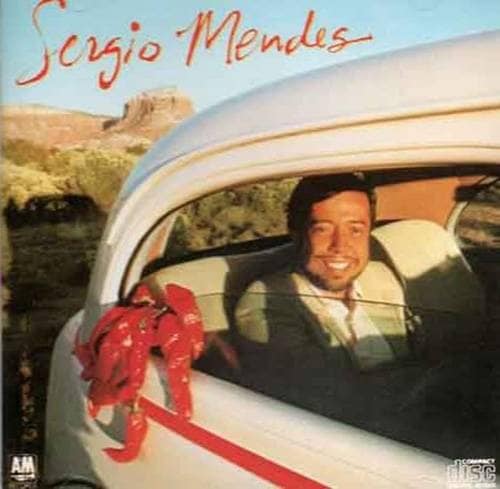
This is a great album even with the Rhodes Piano sound, which was introduced in the previous Sergio Mendes. This album is a masterpiece from 1983, featuring a distinguished lineup of first-rate bassist Chuck Rainey and drummer Harvey Mason from the jazz fusion world, guitarist Michael Sembello, a hit maker, and keyboard player Robbie Buchanan, a successful musician. This is a masterpiece album from 1983. This was an ideal fusion of Brazilian pop and American pop, and it produced a single hit song that reached No. 4 in the U.S.
Recommended Song: “Love Again (Never Gonna Let You Go)”
I still can't forget the shock I felt when I heard the intro to this dino my rose.
The intro by Robbie Buchanan, in addition to the great Rhodes sound, combined with the catchy melody line and the great bass line, etc., made it an intro that will go down in history. Of all the many intros using rose piano, I think this one is No. 1.
I am convinced that Masataka Matsutoya was inspired by this intro and connected it to the intro of “No Side”. Sorry if I am wrong. (^^♪
Musicians, albums, and recommended songs featured in this issue
- Artists: Yoko Aso, Sergio Mendes, Robbie Buchanan, Harvey Mason, etc.
- Albums: Midnight Bell, Love Again
- Recommended songs:“Touhikou”, “Love Again”
The “sound & person” column is made up of contributions from you.
For details about contributing, click here.





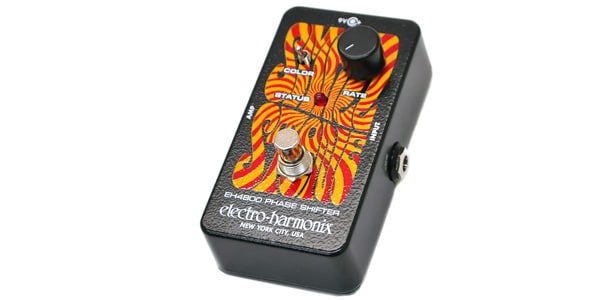
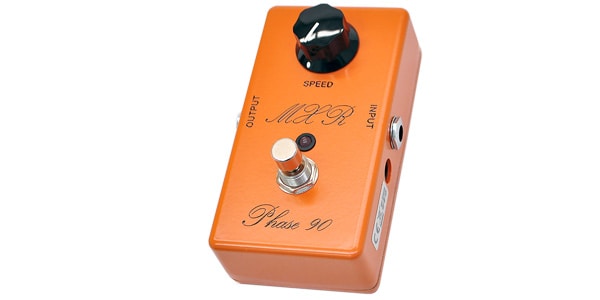




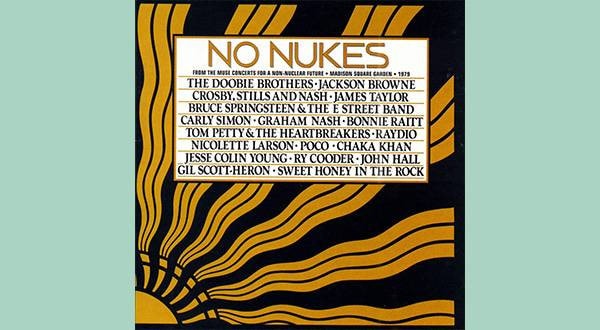
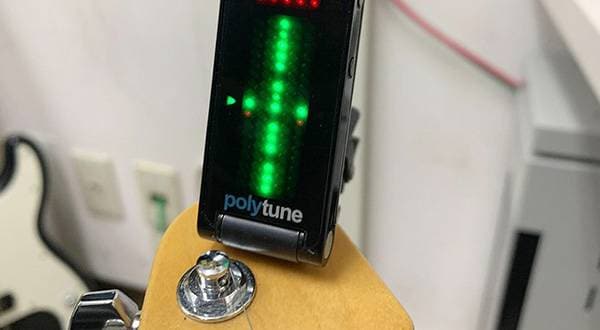
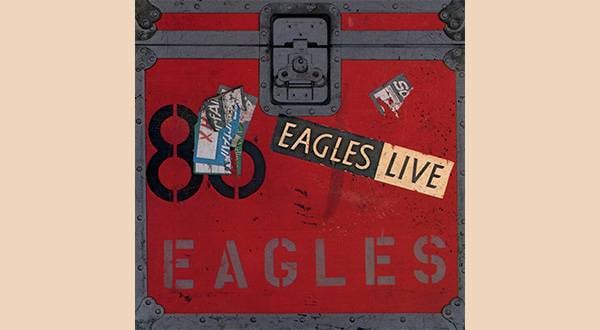
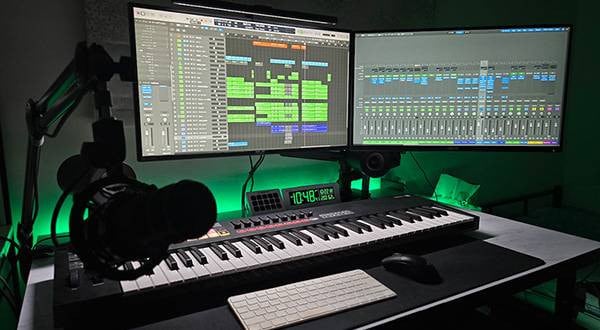
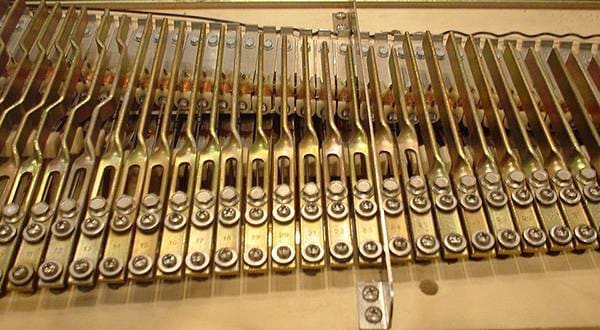
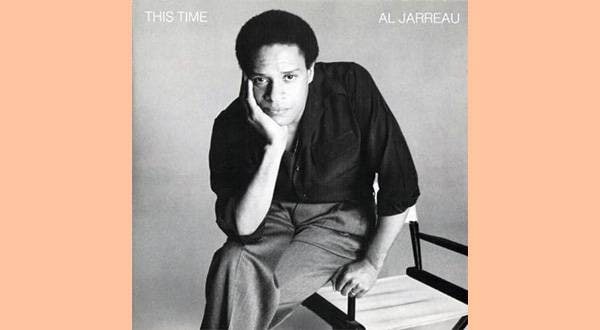
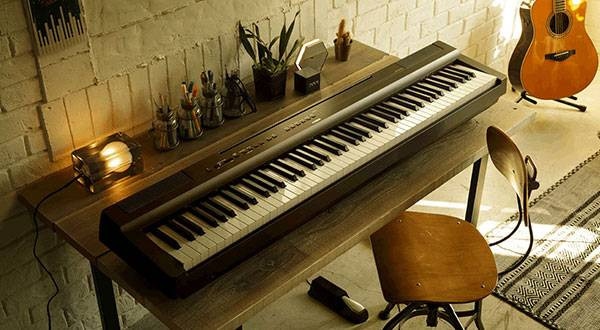
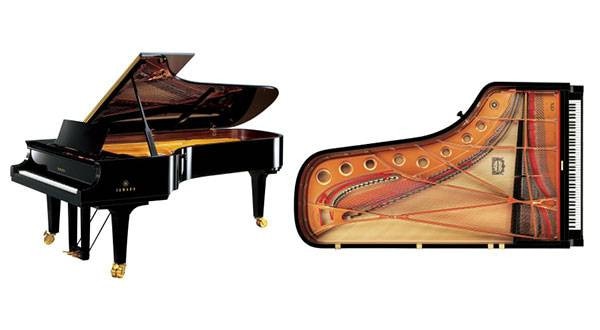
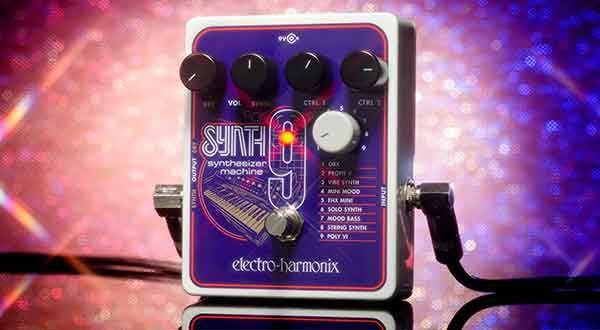
![[For beginners] Keyboard types and how to choose one](/contents/uploads/thumbs/2/2020/9/20200923_2_11196_1.jpg)
 エレクトリックピアノ 入門ガイド
エレクトリックピアノ 入門ガイド
 おすすめの電子ピアノ
おすすめの電子ピアノ
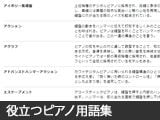 自分にあったピアノを選ぼう!役立つピアノ用語集
自分にあったピアノを選ぼう!役立つピアノ用語集
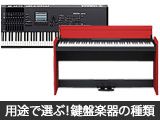 用途で選ぶ!鍵盤楽器の種類
用途で選ぶ!鍵盤楽器の種類
 キーボードスタートガイド
キーボードスタートガイド
 キーボード・ピアノ講座
キーボード・ピアノ講座

